
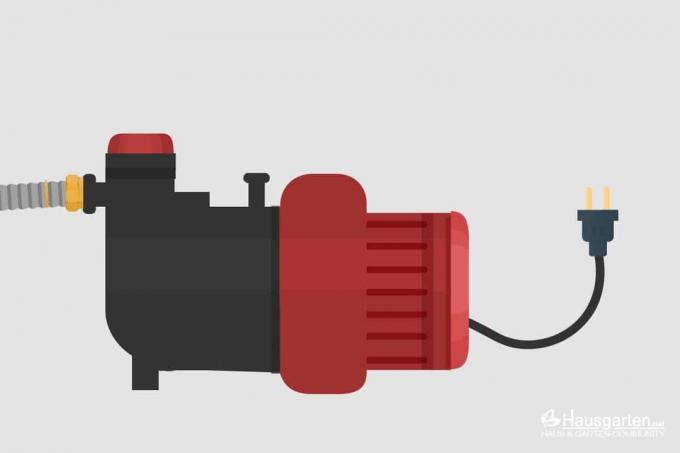
Table of contents
- Incorrectly positioned hose
- Leaky connections
- Damaged hoses
- Broken valves
If the garden pump draws air instead of water, the function is significantly restricted. However, the problem is often relatively easy to fix. Our instructions provide information.
Incorrectly positioned hose
The simplest cause of the garden pump drawing air instead of water is an incorrectly positioned suction hose. If this is too close to the surface in the water, a slight movement can be enough to ensure that not only water gets into the pipes. Air bubbles can also be sucked into the pump, affecting performance and function.

A water column that is incorrect for the unit's performance can also result in a loss of function and air intake. Especially if the garden pumps are not self-priming, isolated air bubbles can be enough to paralyze the device. In any case, two actions are required.
- Bleed the garden pump
- Check the water column and adjust if necessary
- Hang the hose deep enough in the water and fix it if necessary
A notice:
The garden pump should be bled at least once a year as part of regular maintenance. Because even under optimal conditions, air bubbles can be found in the pump over time.
Leaky connections
All other components should also be checked during the annual inspection. These include:
- connections
- seals
- valves
- screws and nuts
If necessary, the connections and other elements must be tightened or replaced. For checking, it is necessary to first drain all the water, tighten nuts and remove any rust that may be present.
Tip:
As with bleeding, the garden pump must be disconnected from the mains and switched off to check the connections and other elements. You should also pay attention to the information provided by the manufacturer.
Damaged hoses
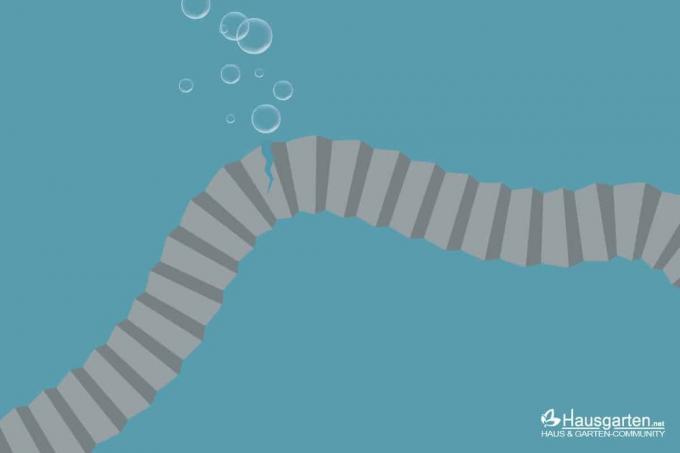
Cracks, holes or material that is porous due to age can not only reduce the necessary pressure. They also allow air to enter the pump circuit. During annual maintenance, all lines and hoses should therefore be checked for damage. By submerging the hoses under water and passing air through them, major damage is immediately noticeable through rising air bubbles. Also, as air is forced through the hoses, the lines should be moved and bent. Smaller cracks or porous sections can also be noticed as a result.
Broken valves
Depending on the type and model of the pump, the foot valve or the non-return valve, for example, may be damaged. These components should therefore also be checked regularly for their functionality. Because if they are defective, sucking in water is more difficult on the one hand and air can get into the garden pump on the other. However, there does not have to be a defect. The valves can also be dirty or blocked, for example by algae, deposits or coarse dirt particles. It can therefore also be sufficient to clean the valves and then check their functionality.
 Home editorial office
Home editorial office
Learn more about water in the garden

How quickly does chlorine break down?
How quickly chlorine breaks down in pool water is important information for a number of reasons. It is important to know which factors play a decisive role in the degradation rate. This guide shows which influences are decisive.
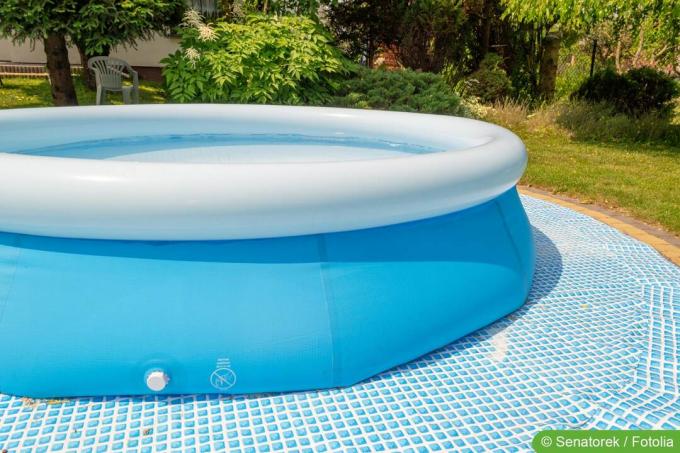
Too much chlorine in the pool: what to do?
If too much chlorine accidentally ends up in the pool or the chlorine value is inexplicably high, there are several measures you can take. This guide shows what can quickly and sustainably help and reduce the chlorine content.
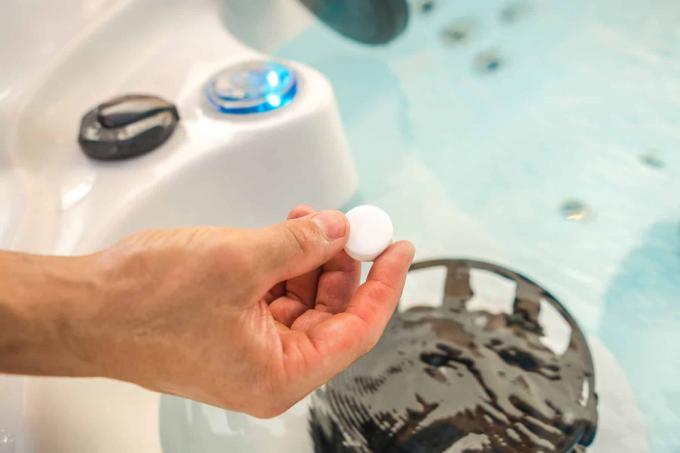
Too much chlorine in the pool: swim anyway?
If too much chlorine has ended up in the pool, the question immediately arises as to whether bathing is still possible. What risks can this entail and what are the warning signs? Here are the answers.
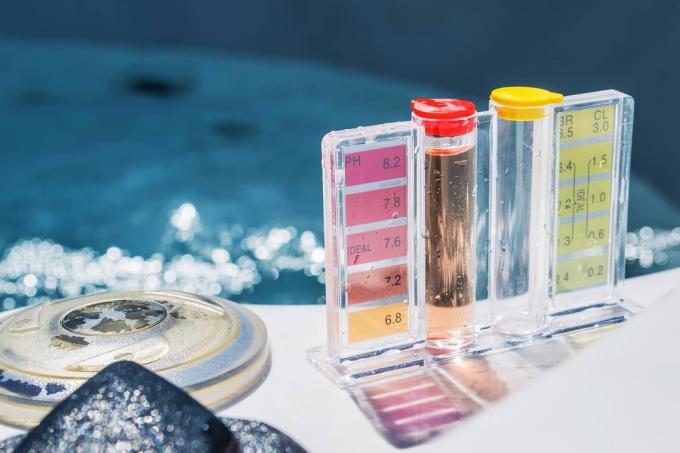
Reducing chlorine levels in the pool: chlorine levels explained
Is the chlorine level in the pool too high and bathing is not possible? Then good advice does not have to be expensive, because the chlorine values can be easily reduced in several ways and thus brought into the optimal range.
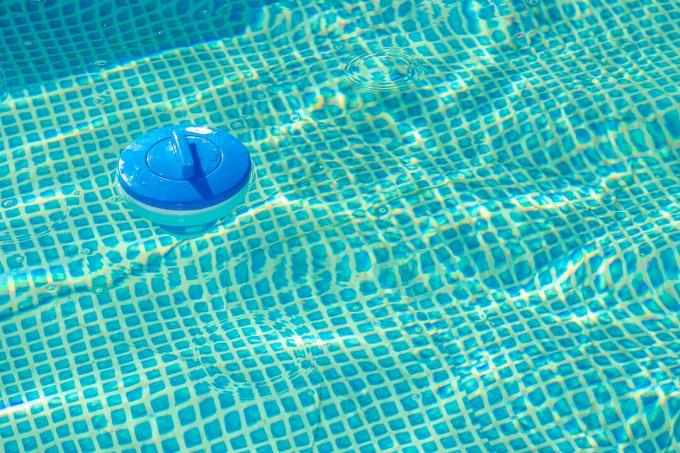
Pool initial filling: initial chlorination dosage
When the pool is about to be filled for the first time, the question of initial chlorination also arises. When and how is it carried out and what dosage is correct. This guide shows step by step how to do it.

How much chlorine in 1,000 liters of water?
Chlorine can keep pool water clear or, as shock chlorination, remove cloudiness and green discoloration. The question of how the right dosage and the optimal values look like arises again and again. This guide provides comprehensive answers.



